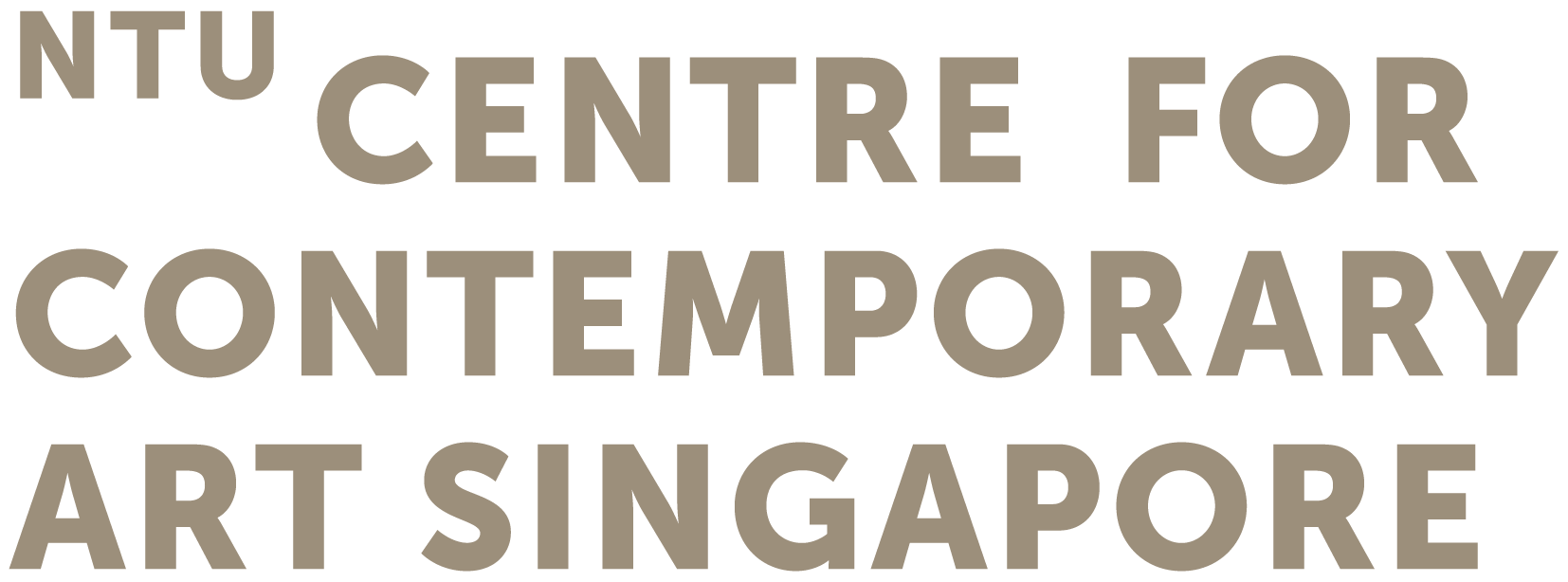Welcomed by Professor Simon Redfern, Dean of the College of Science and an active volcanologist, this symposium brings together scientists and academics across various disciplines in conversation with artists to encourage further exchanges and collaboration between scientific and artistic research and practice.
Professor Ute Meta Bauer, Principal Investigator of this project, will focus on the increasing engagement of artists in the climate crisis and other stresses that impact habitats and environments. Drawing from an expansive network of artists, Bauer relays the potential and impact of environmentally-engaged artistic practice to navigate the complexity of climate change. As an exploration of this inquiry, the Environmentally-Engaged Artistic Practices database will be launched during the symposium. The ambition for this online tool is to provide an entry point to connect artists, climate scientists, researchers and policymakers in similar regions of study or areas of expertise to develop transdisciplinary research methods.
Sopheap Pich, whose work is among those featured in Trees of Life – Knowledge in Material, started working with natural materials, such as bamboo, rattan, burlap, beeswax, and earth pigments, in the early 2000s to create sculptural objects informed by themes of time, memory, and the body. This conversation with Ute Meta Bauer gives insight into his creative process and his long-term engagement with natural materials and local craftsmen.
Therianthropy, the mythological ability of humans to metamorphose into other animals through shapeshifting, has marked myth and folklore across cultures and times, remaining one of the most common tropes in magical and otherworldly narratives. Drawing from concepts of the demonised and desired body, gender-based archetypes, and mythmaking, this lecture performance invokes family histories and revokes the lineages of colonisation in Southeast Asia. The event unfolds through the layering of personal memory, collective history, and fragments of ancestral and indigenous knowledge on healing and killing. Remembering the rites of the Wolf Spider and the Harimau Jadian (Were-Tiger) and exploring their multiple translations and adaptations, the performance looks at intergenerational and cross-cultural exchange through storytelling, rituals, gestures, and embodied movement. This programme takes place on the occasion of Art After Dark x Gillman Barracks 5th Anniversary Celebrations.
Indian artist Amar Kanwar creates documentary-based multi-channel installations that deal with the politics of power, violence, sexuality, and justice. In The Torn First Pages, Kanwar unfolds the struggle for democracy in Myanmar. The eight-channel video piece The Lightning Testimonies reflects upon a history of conflict in the Indian subcontinent through the experiences of sexual violence against women during and after the 1947 partition. Kanwar’s work has been shown in museums across the globe, from the Museum of Modern Art in Istanbul to Marian Goodman Gallery in New York, Apeejay Media Gallery in New Delhi, and Museum for Contemporary Art, Biennale of Sydney, in Australia.
Source: MIT Program in Art, Culture and Technology

